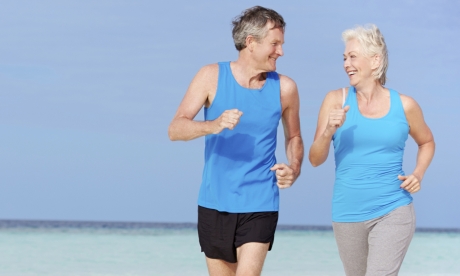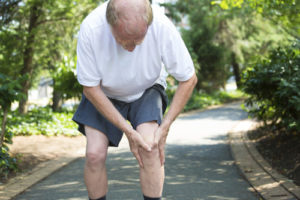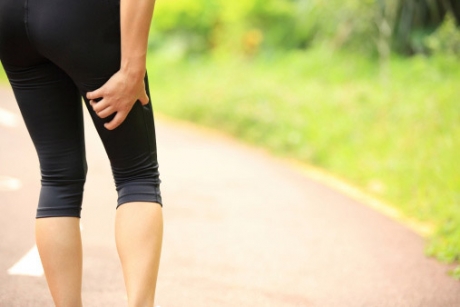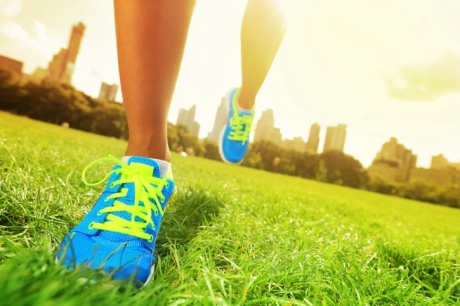Orthopedic surgery is a surgical procedure performed on the musculoskeletal system for the correction of injury or other conditions. The musculoskeletal system is made up of bones, joints, and soft tissues such as muscles, ligaments, and tendons. Any part of the musculoskeletal system can become impaired through injury/accident or caused by other degenerative conditions.
Orthopedic surgery can performed through traditional open surgery, or arthroscopically. Arthroscopy is a surgical procedure on a joint that is minimally invasive as treatment is provided using an arthroscope inserted into the joint through a small incision.
Most orthopedic surgeries are performed on the ankle, knee, hip, wrist, elbow, shoulder or spine. The most common procedures include:
- Soft tissue repair, for torn ligaments and tendons.
- Joint replacement, in which a damaged joint is replaced with a prosthesis.
- Revision joint surgery, in which a preexistent implant is changed with a new one.
- Bone fracture repair
- Debridement, during which damaged soft tissues or bones are removed.
- Fusion of bones, in which bones are fused with grafts.
- Spine fusion, during which the spinal bones (vertebrae) are joined together.
- Osteotomy, aimed at correcting bone deformities.
Dr. Marshall P. Allegra is a board-certified orthopedic surgeon with over 23 years experience treating patients in Monmouth County. Depending on the type of condition or injury, Dr. Allegra may recommend fixing a fracture with rods, plates, and screws that will hold the fracture together during healing. Contact the offices today for answers to any questions you may have or to schedule an appointment.


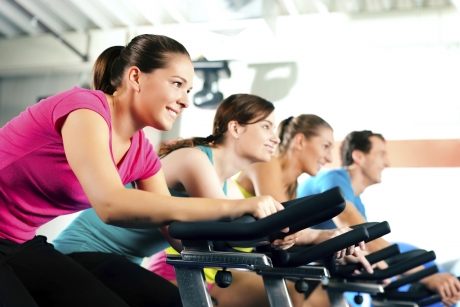
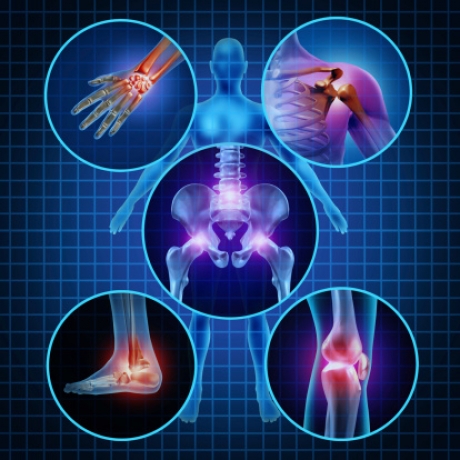
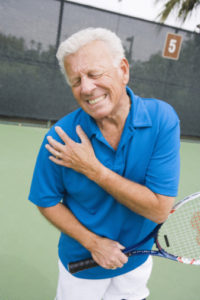 Rotator cuff tendonitis occurs when the tendons and muscles that help move the shoulder joint are inflamed or irritated. This condition commonly occurs in people who play sports that frequently require extending the arm over the head, such as tennis, swimming and pitching. Most people with rotator cuff tendinitis can regain full function of the shoulder without any pain after treatment.
Rotator cuff tendonitis occurs when the tendons and muscles that help move the shoulder joint are inflamed or irritated. This condition commonly occurs in people who play sports that frequently require extending the arm over the head, such as tennis, swimming and pitching. Most people with rotator cuff tendinitis can regain full function of the shoulder without any pain after treatment.